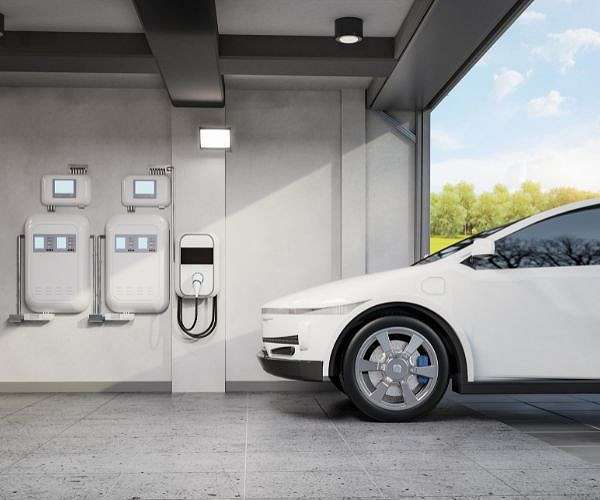Existing EV batteries can last significantly longer under real-world conditions
Electric vehicle (EV) batteries exposed to typical real-world driving scenarios such as heavy traffic, city commuting and long highway journeys can last up to 40% longer than previously expected, new SLAC research shows -Stanford Battery Center, a collaboration between Stanford University’s Precourt Institute for Energy and the SLAC National Accelerator Laboratory. This finding suggests that EV owners may delay expensive battery pack replacement or new vehicle purchases for several more years than expected.
Traditionally, battery scientists have tested EV batteries in laboratories using a constant charge-discharge cycle. While this method is effective for quick evaluations of new designs, it does not accurately reflect the varied usage patterns of everyday drivers, according to the study published December 9 in *Nature Energy*.
Although battery costs have fallen by about 90% over the past fifteen years, they still represent about a third of the price of an electric car. This research could reassure current and future EV owners about the longevity of their vehicle’s batteries.
“We didn’t test EV batteries properly,” said Simona Onori, senior author of the study and associate professor at Stanford’s Doerr School of Sustainability. “To our surprise, real driving with frequent acceleration, braking, stopping for errands and longer rest periods makes the batteries last longer than previously thought based on industry standard testing.”
Real-world driving profiles improve battery life
The researchers developed four different EV discharge profiles, ranging from constant discharge to dynamic patterns based on actual driving data. Testing 92 commercial lithium-ion batteries over two years, they found that batteries subjected to realistic driving scenarios showed significantly longer lifespans.
Machine learning algorithms were crucial in analyzing the extensive data, which showed that certain driving behaviors, such as sharp acceleration, slowed battery wear. This contradicted previous assumptions that acceleration peaks are harmful to EV batteries. “Pushing hard on the pedal doesn’t speed up the aging process. Rather, it slows it down,” explains Alexis Geslin, one of the study’s lead authors and a doctoral candidate in materials science and computer science at Stanford.
Aging from use versus time
The study distinguished between battery aging caused by charge-discharge cycles and aging caused by time alone. While frequent cycling dominates battery aging in commercial vehicles such as buses and vans, time-induced aging becomes a bigger factor for personal electric vehicles, which are often parked and unused.
“We battery engineers have assumed that cycle aging is much more important than time-induced aging,” says Geslin. “For consumers who use their EVs for daily errands but leave them unused most of the time, time becomes the dominant factor as they age.”
The researchers identified an optimal discharge rate for the tested batteries that balances both time and cycle aging, reflecting typical consumer driving habits. Manufacturers could update battery management software to incorporate these findings, potentially extending battery life under normal conditions.
Implications for the future
Evaluating new battery chemistries and designs under realistic conditions is critical for future progress, says Le Xu, a postdoctoral researcher in energy science and engineering. “Researchers can now revisit hypothesized aging mechanisms at the chemistry, material and cell levels to deepen their understanding,” Xu added.
In addition to EV batteries, the principles of the research could also apply to other energy storage systems, plastics, solar cells and biomaterials where aging is an important problem. “This work highlights the power of integrating multiple areas of expertise – from materials science and modeling to machine learning – to drive innovation,” Onori concluded.
Research report:Dynamic cycling extends battery life

